The Prescott Hall neighborhood in the City of Newport, RI, experiences flooding due to significant precipitation events and aging infrastructure.
In recent years, aging infrastructure has contributed to flooding events in coastal communities across the Northeastern United States – and The City of Newport, Rhode Island, in the New England region is no exception.
A History of Coastal Flooding in Newport, RI
Newport, Rhode Island, a city steeped in history and known for its Gilded Age mansions, has something else showing its age – its infrastructure.
Like many coastal communities in New England, The City of Newport, Rhode Island, is experiencing flooding due to aging infrastructure unable to withstand recent significant precipitation events due to our changing climate. The city installed its storm drainage system primarily in the 1970s, and the infrastructure is undersized for current standards, no longer providing adequate service.
The Prescott Hall neighborhood has a long history of significant street and private property flooding during large precipitation events. Prescott Hall sits in the Elizabeth Brook watershed, a 586-acre area that lies within the 100-year and 500-year Federal Emergency Management Agency (FEMA) Flood Insurance Study (FIS) flood zones. The area is known to flood several times a year, and when Tropical Storm Ida hit in September 2021, many residents reported more than two feet of flooding.
The City of Newport engaged Jacobs to help with a study to analyze past flooding events, develop improvements to mitigate flooding and adapt to the increasing frequency of extreme events associated with our changing climate. Through this study, we’re working with the City of Newport to develop actionable solutions for more resilient and sustainable infrastructure for the future.
-
586
Acre Area
-
2
Feet of Flooding
-
100
Year FEMA flood zones
-
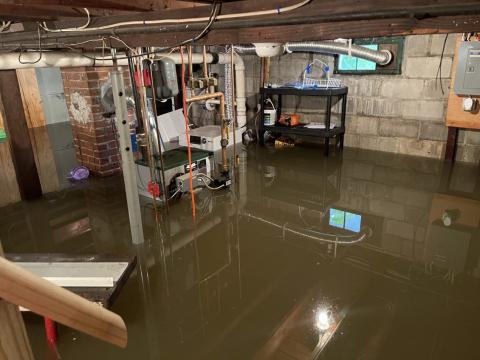
-
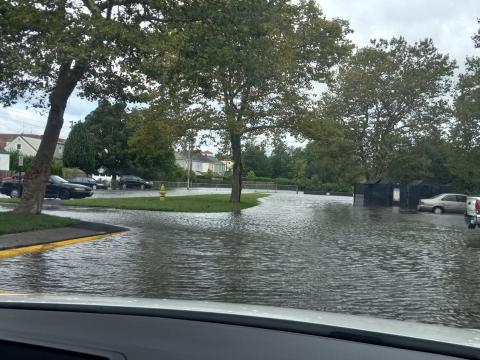
Residents and business owners experienced as much as two feet of flooding during Tropical Storm Ida.
-
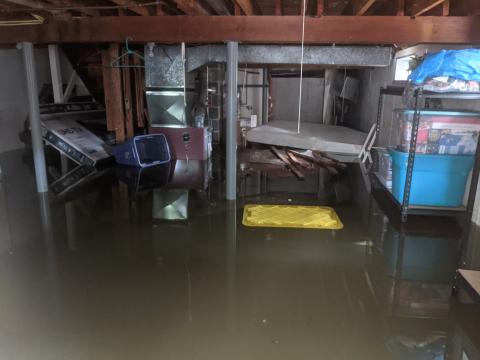
“This project started as a flood study but after the first public meeting, it became a lot more. People living in this neighborhood have experienced repetitive loss, but more importantly, fear for their safety. It was important for the city to keep residents informed throughout the project, to let them know what we were doing, ask for their feedback, share our results and talk them through the next steps. There is no easy fix to the pervasive flooding issues in this neighborhood, but the city is working towards making it better and helping the residents feel safer in their homes.”
Engaging Stakeholders to Identify Sustainable Solutions
In 2014, The City of Newport and Jacobs launched an initial study to identify measures for improving system performance in the Prescott Hall neighborhood and mitigating future flood risk. A key finding from this initial study was that we could reduce flooding considerably by performing more frequent maintenance on critical drainage infrastructure. Long-term solutions would require improvements to infrastructure owned by the City of Newport and other entities such as government agencies, private developers and property owners.
To develop long-term and sustainable solutions, Jacobs conducted an updated study in 2022 heavily focused on stakeholder and community engagement. Through public workshops, we better analyzed past flooding events, understood the needs of stakeholders and identified measures required to achieve performance goals.
We developed a 2D hydraulic model, which we validated against records for recent storms, including Tropical Storm Ida, to evaluate mitigation alternatives. The model was used to perform a detailed flood assessment that evaluated conveyance capacity and identified bottlenecks in the system. The effects of changing climates were also considered, including the frequency of extreme precipitation events, rising sea levels and storm surges. The model was then used to test potential mitigation alternatives.
The recommended improvements include three regional detention ponds, 500 feet of channel improvements and 8,500 feet of new or upsized storm drains. We selected these recommendations through a structured evaluation process based on stakeholder input. The project is currently advancing from conceptual to preliminary design.
Through community engagement, we’re helping The City of Newport develop a path toward improved and resilient infrastructure to protect residents against future storm events.
“Through projects like these, we have an opportunity to create a resilient and safe future for communities like Newport, Rhode Island. By utilizing new technologies and digital solutions, we can accurately predict extreme weather events and advise on potential mitigation efforts, futureproofing their infrastructure to weather any storm.”
-

-
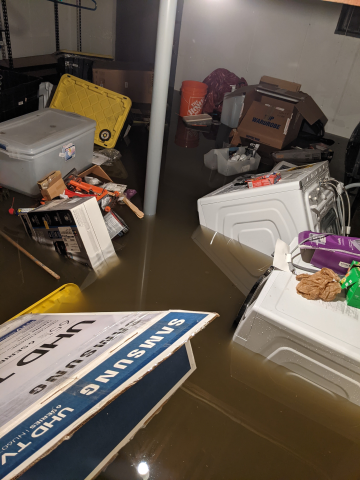
Flooding in and around homes and properties caused by Tropical Storm Ida.
-
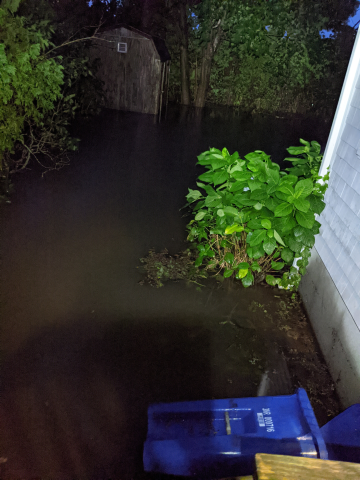
You might be interested in...
-
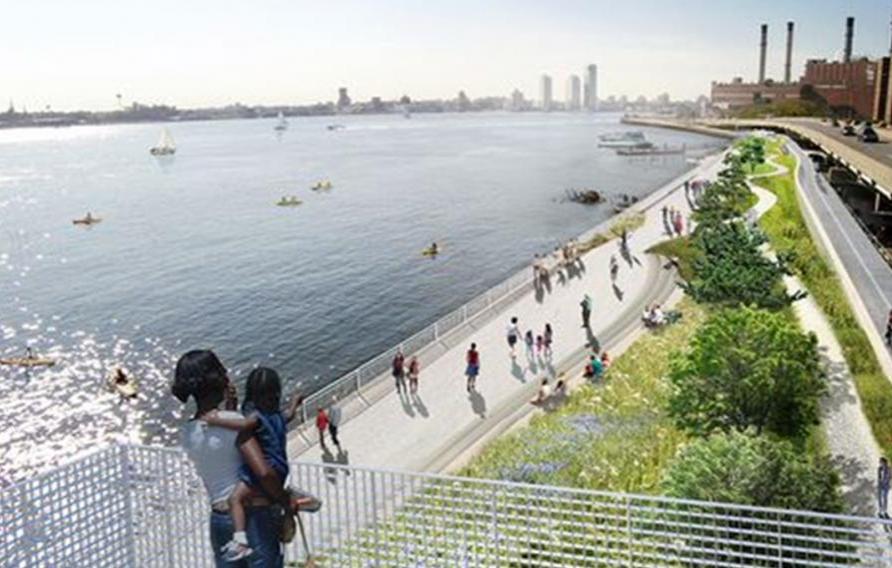 Showcase
ShowcaseEast Side Coastal Resiliency, New York
East Side Coastal Resiliency (ESCR), conceptually developed during Rebuild by Design after Superstorm Sandy, is the first segment of a 10-mile flood protection system that extends around lower Manhattan, referred to as the “Big U.”
-
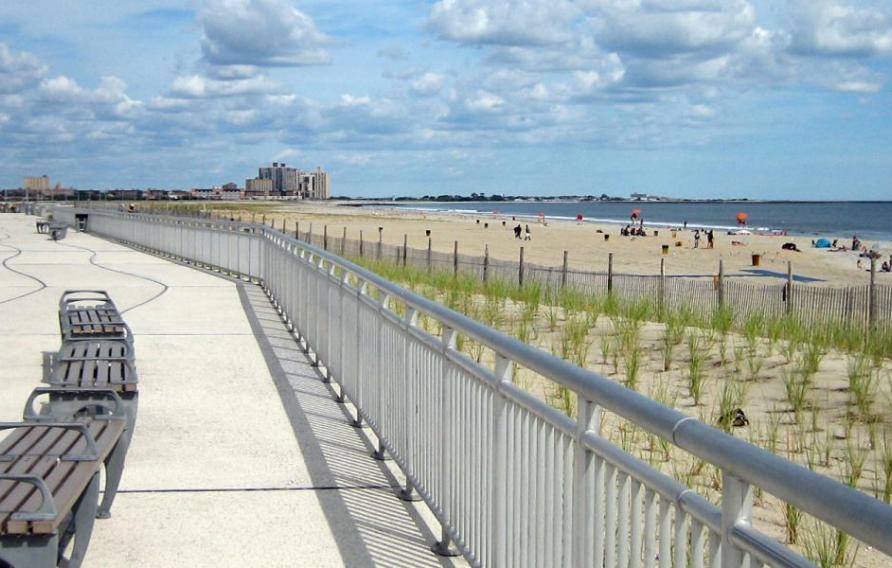 Showcase
ShowcaseRockaway Boardwalk Redevelopment & Storm Resiliency
Helping this Queens community recover their “Main Street” after Superstorm Sandy
-
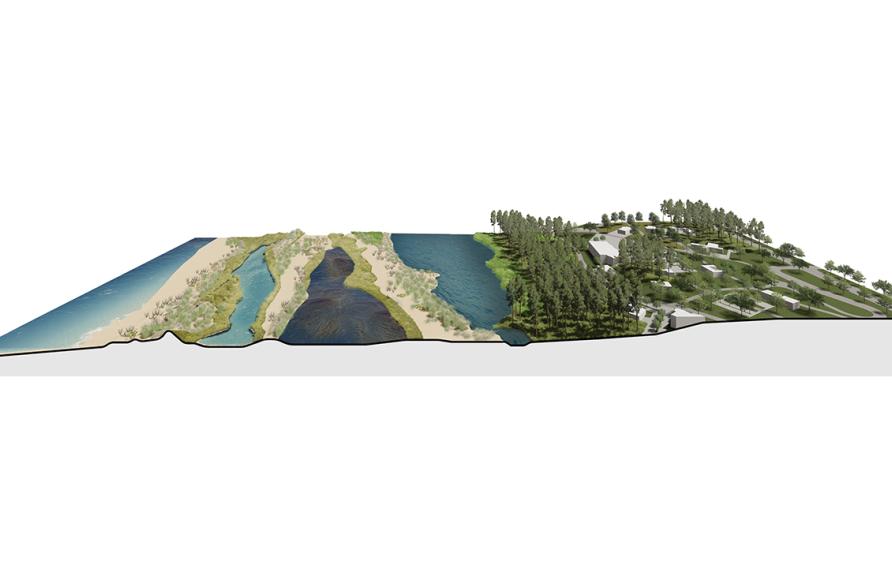 News
NewsTyndall Air Force Base: Coastal Resilience in Support of Mission Assurance and Becoming the Installation of the Future
A significant component of ensuring the future resilience of the base is addressing the risks that arise from coastal flooding and erosion. As part of the approach, our Tyndall AFB Rebuild Team is exploring a series of pilot projects that use nature-based solutions to reduce coastal flood risks while creating important social and environmental benefits.
















































